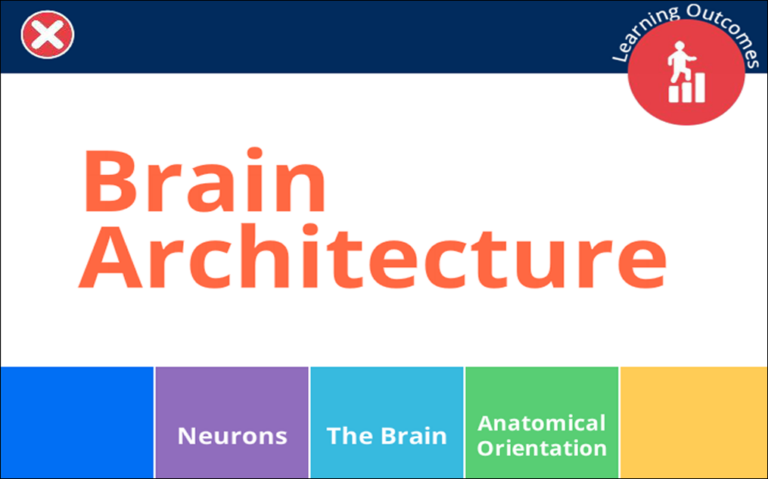Object Recognition
Module Overview
In this module, the basic components of visual object recognition are introduced. This module begins with a brief review of the problem of perception and then focuses on the distinction between the what and where pathways for processing information about visual objects. The basic functions of the what and where pathways are introduced. The location of the pathways is discussed along with the binding problem and the function of the convergence zone in bring back the what and where components of object recognition into a unified representation.
Introduction
The naïve assumption of students (and of psychologists up until a few decades ago) is that all the components of visual objects are processed together. While students accept the fact that visual processing is hierarchical (i.e., low level features build up into high level features) the idea that different parts of the same object are processed in widely separated parts of the brain is counter-intuitive.
The separated processing of what and where information associated with visual objects is a good example of the modular nature of brain processing. Most tasks are carried out by multiple brain modules working together and there is frequently an orchestrator or integrator component such as the temporal lobe convergence zone in the case of visual object recognition. The use of what and where pathways in visual object recognition as an example for understanding module processing in the brain, and for introducing the role of lesion and animal models in understanding the brain, is the pedagogical focus of this module. The module describes the what and where pathways for object recognition and also introduces the visual processing wiring diagram for the Macaque monkey as motivation for thinking about a similar wiring diagram in human visual processing.
This module consists of a video describing the what-where pathways in visual object recognition. There is also a supplementary video that talks about bottom up and top down processing in visual object recognition.
Prerequisites
Before starting this module, it will be helpful to be familiar with:
- A basic understanding of visual perception and the visual pathway,
- The location of the temporal, parietal, and occipital lobes within the brain,
- The concept of a brain lesion and of animal models of brain processes.
Learning Outcomes
With careful study, by the end of this module, one should be able to:
- Sketch the location of the what and where visual pathways,
- Predict the results of selective lesions involving either the what or the where pathway,
- Describe key components of the macaque visual wiring diagram and it’s implications for visual processing in humans.
Related Project Resources
| Type | Title | Author | Description |
|---|---|---|---|
| Image | Left Cerebral Cortex (JPG 137.28 KB) | Dr. Peter Coppin | CC BY |
| Image | Agnosia vs. Memory Loss (PNG, 1.52 MB) | Dr. Peter Coppin | CC BY |
| Image | Recognizing Friend and Foe (PNG, 2 MB) | Dr. Peter Coppin | CC BY |
| Image | What/Where Card Rotation Task (JPG, 148.11 KB) | Dr. Peter Coppin | CC BY |
| File | Object Recognition (Storyline File) (ZIP, (261.83 KB)) | Dr. Mark Chignell | This Storyline File can be downloaded and modified to your specific learning objectives (within the bounds of the creative commons licensing selected for this file. This is encouraged, but any technical issues are not supported by the University of Toronto. |
| File | Object Recognition (SCORM Package) (ZIP, 1 MB) | Dr. Mark Chignell | This SCORM package can be uploaded into your institution's Learning Management System. |


